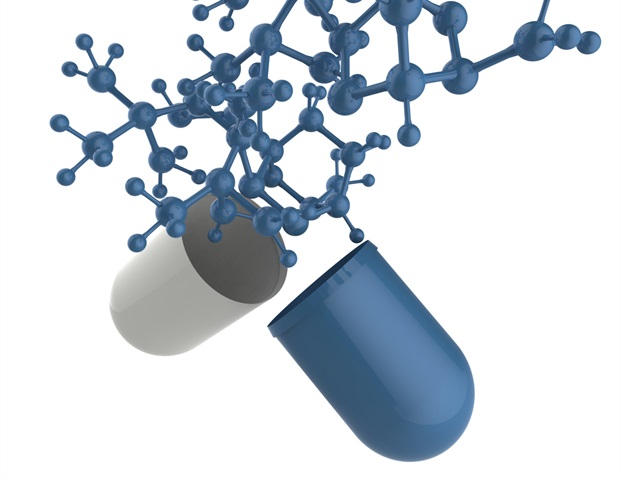Prematurity impacts about 10% of pregnancies worldwide every year. In about 20% of very low birth weight (VLBW) premature infants, punctate white matter lesions (PWML) may be recognized at MRI at time period equal age. PWML is accompanied by delicate impairment in the improvement of white matter tracts, that may have an effect on each long-term motor and cognitive efficiency. The principal elements concerned in the pathophysiology of white matter lesions are intrinsic vulnerability, irritation, and oxidative stress.
Aiming at early identification of preterm infants in danger for creating medical problems, this retrospective research correlated blood adenosine levels to the improvement of problems or prematurity, particularly these associated to mind damage, in 56 VLBW infants admitted at the Neonatal Intensive Care Unit of Gaslini Pediatric Hospital. The blood adenosine content material in the cohort, assayed by Mass Spectrometry on dried blood spots collected for new child screening program for congenital illness, confirmed that Ado levels at 15 days of life positively correlated to the white matter lesions at MRI carried out at time period equal age (OR [95%CI] of fifty.0 [3.6-688.3], p-value < 0.001), with a cut-off worth of 1.58 μM. Adenosine was greater (2.50 μM vs. 0.96 μM) in these infants who developed mind white matter lesions. Neurodevelopmental end result of the similar infants, measured with Griffiths Psychological Growth Scales (GMDS) at 12 ± 2 months corrected age, was slight negatively correlated with adenosine blood levels at 15 days of life. This outcome seems confirmative of our earlier discovering of elevated Ado blood levels in VLBW, negatively correlated with birth weight.
It has been supposed that the mind sensory overstimulation attributable to premature birth, along with multi drug publicity (affecting adenosine clearance) additional compounded by the ambient greater oxygen levels might promote adenosine persistence in the circulation. In some VLBW predisposed premature infants the next adenosine launch from unmyelinated axons, typical of an immature mind, might happen. Immature adenosine clearance represents an extra attainable supply of elevated blood adenosine. In flip, adenosine might induce the differentiation of Oligodendrocyte Progenitor Cells (OPC) to mature oligodendrocytes. This may outcome in a vital discount in the absolute variety of myelinizing oligodendrocytes at a later stage, probably associated to the impaired white matter maturation. These disturbances of neuronal maturation seem in line with the typical “major cerebral dysmaturation dysfunction” of prematurity. It has been supposed that such white matter vulnerability could also be additional accentuated from the interruption of fetal provide of splendid vitamins, in specific key lipids. Completely different problems of prematurity have been additionally discovered in line with Ado levels modifications, however a significant discovering relates to PVWM. Notably, white matter lesions present a optimistic correlation additionally to retinopathy of prematurity (ROP), a situation in which irritation and oxidative stress play a pivotal pathogenic function.
It stays to be investigated why some infants at 15 days have a considerably greater levels of adenosine in contrast to different not creating PVWM. Nonetheless, the current work prompt the reliability, confirmed by multivariate evaluation, of blood adenosine levels at day 15 submit birth as the main predictor of mind damage prevalence. A possible function of blood adenosine as a biomarker of problems of prematurity, particularly mind damage, and of poor long-term end result in VLBW infants, might pose the foundation for the stratification of strategic early postnatal neuroprotective interventions.
Supply:
Bentham Science Publishers
Journal reference:
10.2174/1573396318666220127155943





